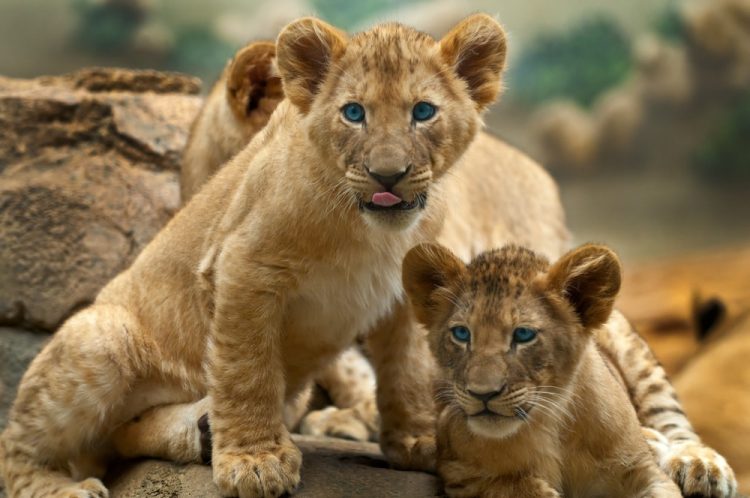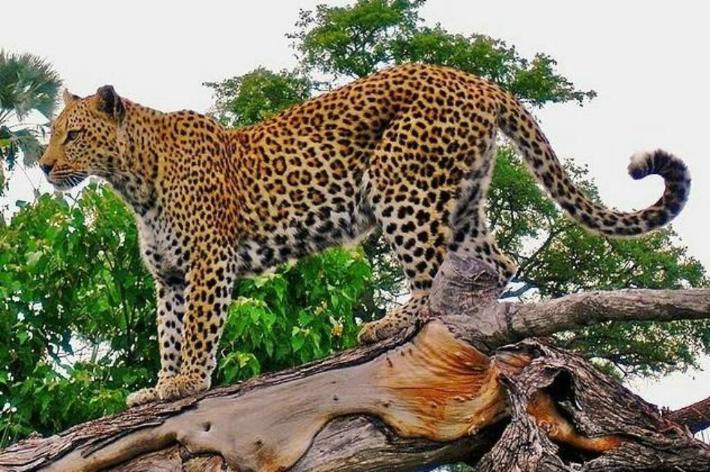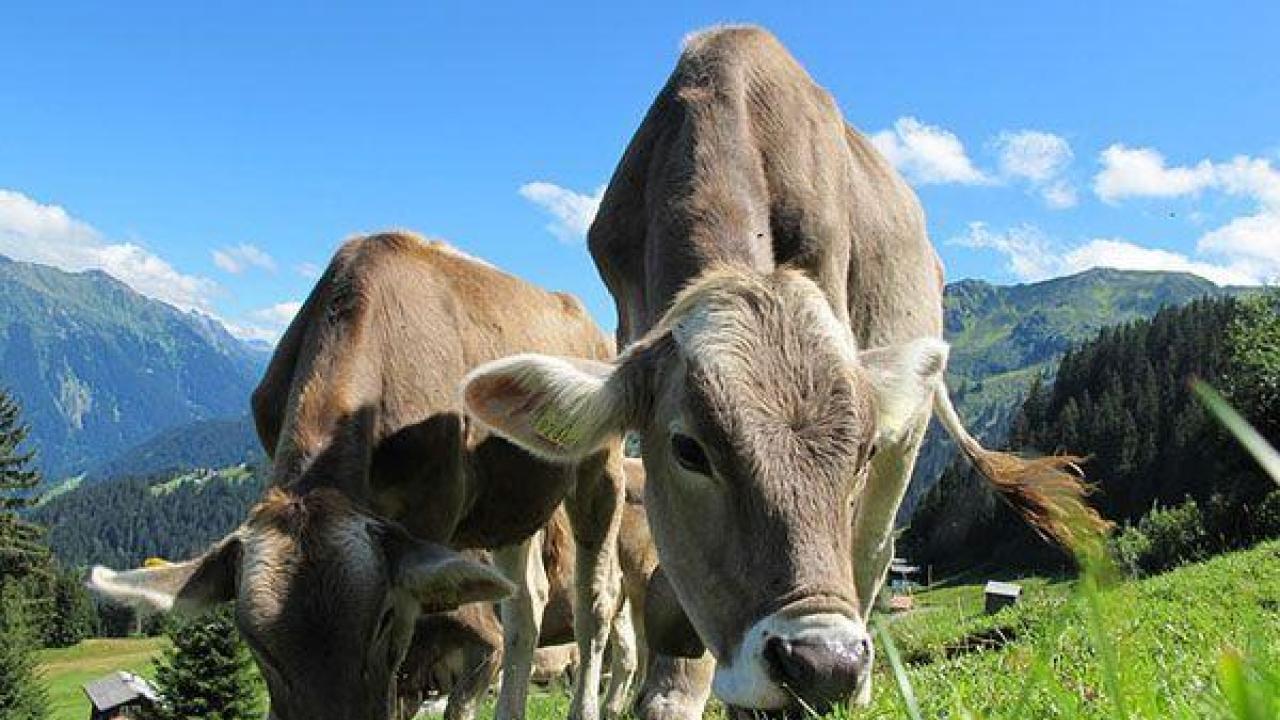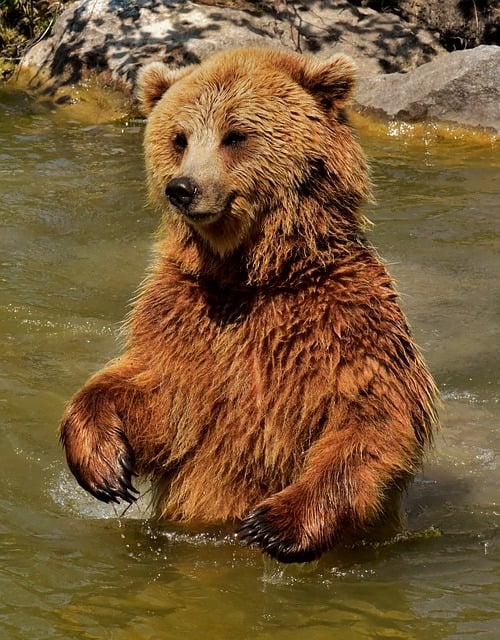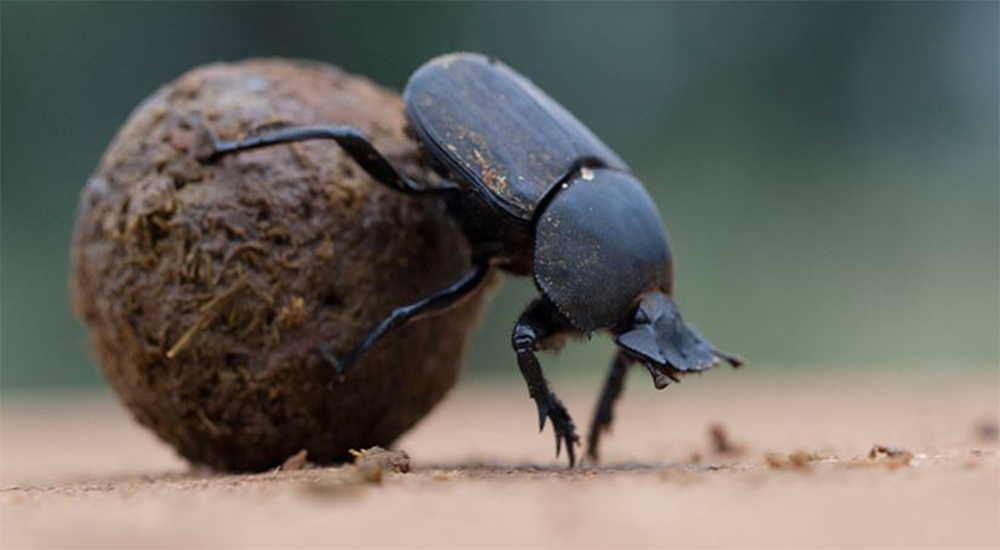It is very common that there are various doubts or confusions regarding the classification of animals according to their diet, since the biodiversity of species is quite wide and it is very complicated to determine this typology, however, you should not worry here you will find everything about this great topic.
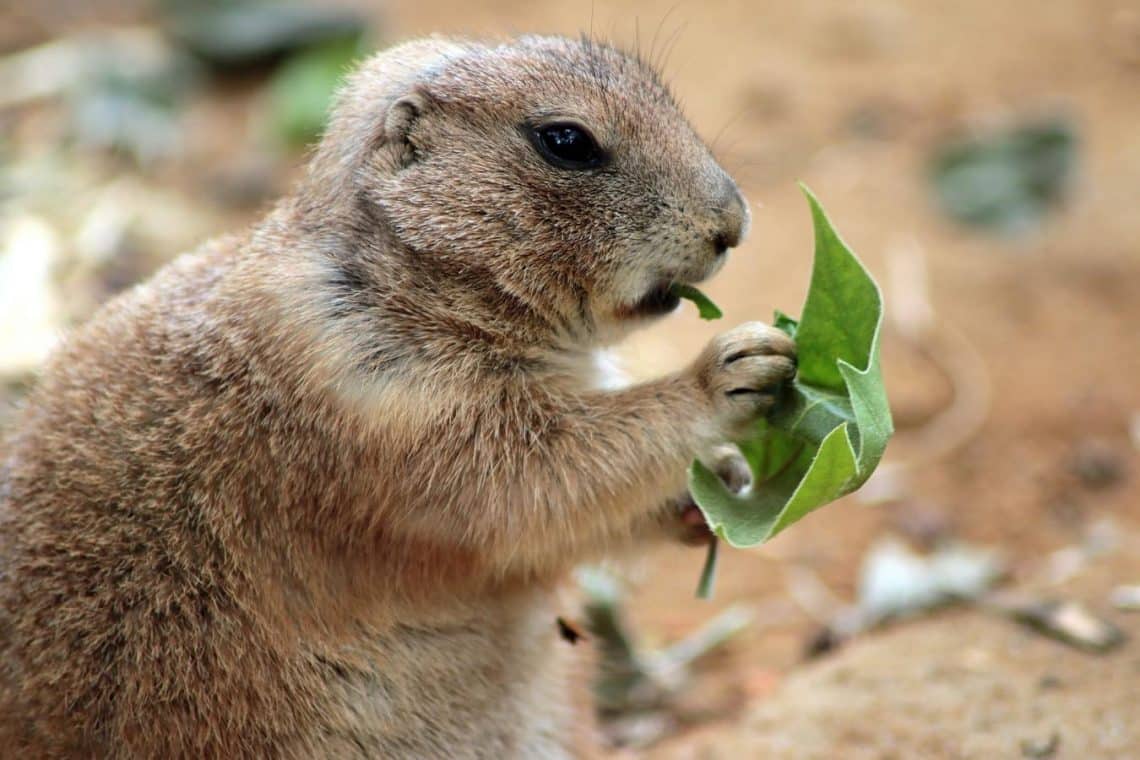
Animals
Throughout the world there is a great diversity of animals, from very small almost imperceptible to the largest that usually cause great fear to those who come across any of them, due to this great diversity there are also multiple forms of food, which is very dependent of the ecosystem in which each of the species develops.
It will also depend on the anatomy of each animal and the way of life that each one of them leads, for all this is that the animal kingdom is so wide and over the years it has colonized every existing space in the world, without them the life cycle was impossible.
Many of the animals can feed on leaves and fruits, while others base their diet on meat, that is, they eat other animals, thus fulfilling the cycle of nature; is born, reproduces and dies, other species of animals feed on organic matter, each of them will be mentioned throughout the article.
It should be noted that due to the climate change that the planet has been facing for several years, many of these animals have had to adapt to other forms of food and life that are not the usual ones, which generates great problems for the ecosystem and puts many species in danger of extinction.
When the feeding of one of them varies in a mandatory way, serious problems begin to appear in nature that are often not perceived with the naked eye but that in the long term are noticed and sometimes there is no turning back, the problem cannot be resolved.
animal feeding
It has already been said that the animal feed can be very varied so you must be very attentive to each of these types, which adapt to the various forms of animals on the planet, this classification has been such due to many studies carried out by scientists and experts in the area over many years of study and development.
Over the years the species have been adapting, many of them have even managed to survive in different habitats, especially feeding on what they had available in those areas, it could be a single food when they originally ate a great variety; One of the advantages of this fact is that there is no competition with other animals.
By avoiding competition for food between animals, there is a greater possibility that biodiversity remains such and there are no more species in danger of extinction, however, this often does not happen that way.
Each animal has an evolutionary process in terms of its diet that will depend on the way in which it relates to the environment in which it is found, to understand each of these particularities observe how the classification of animals by their food.
How are animals classified according to their diet?
This classification shown below is based on the type of matter from which each of the animals obtain their food, but first of all it is important to mention what the classification of animals is:
- The Carnivorous animals
- Herbivorous animals
- Omnivorous animals
- Decomposing animals
- Parasites
- coprophagous
The most named on the planet are the first three on the list, however, the rest also belong to the animal kingdom.
In the case of the first on the list, they are those that feed on the meat of another animal, the second are those that only eat vegetables, the third base their diet on both meat and vegetables, so it is easier for them to adapt to any part of the planet; the quarters are the ones that feed on organic matter and the last ones eat excrement.
Similarly, each of these statements will be seen in more detail in each of the following segments, since each of these animals specializes in one type of animal in the case of carnivores, and in certain types of vegetables in the case of carnivores. of herbivores, that is, they do not eat any form of those foods.
Carnivorous animals
Let's start with these animals that are usually the most mentioned and popular on the globe, which, as mentioned, are those that base their diet on animal matter, that is, they are the predators of other species of animals, such is what what happens in the case of the lion eating a deer, the crocodile eating a zebra, among others.
They obtain their necessary nutrients from this meat, whether they feed entirely on this protein or partially; It is highlighted that these are considered secondary consumers, which is due to the fact that the most common thing is that they eat herbivorous animals.
To manage to feed they do it in various ways, however, the vast majority of them implement certain characteristics in particular such as the speed to catch their prey, they are stealthy until they consider that they can take their food, they kill it and then they consume it , many of them store it to eat them in the following days, as is the case with El Tigre.
But there are other strategies that by nature have an interesting characteristic, such as camouflage and walking in packs; This type of animal usually assimilates everything they consume, so with a little food they can survive for a relatively long period of time.
In order to get their food, they spend high amounts of energy, which is why they are usually seen resting after this long day; The classification of carnivorous animals is as follows:
By how they get their food:
- Predators: are those that feed on live animals, that is, they look for them, chase them and hunt them, as is the case with many felines such as the White Tiger.
- Scavengers: are those that, unlike the previous ones, feed on lifeless animals, so they do not require a large energy expenditure; These have a mechanism in their body that prevents them from contracting infections, as is the case with vultures.
- Generalist carnivores: as its name indicates, they are very general, they can feed on insects, carrion, mammals or others.
- Insectivorous or Entomophagous: are those that eat insects such as spiders, worms, beetles.
- myrmecophages: In this case, a clear example is the anteater, which bases its diet on ants and termites.
- piscivores: most of its diet is based on fish.
- planktonic: are those aquatic animals that base their diet on plankton, as is the case of the blue whale.
Herbivorous animals
On the other hand, there are those that feed on vegetables, therefore they have a mouth that allows them to chew their food very well, a difference from the previous ones is that these are considered primary consumers, which are eaten by many carnivores, these Animals often have the ability to camouflage, they tend to be very fast in movement and always move in herds.
These do not require a large expenditure of energy since their food is usually very easy to obtain, but the great detail lies in the fact that they cannot assimilate much of the food they eat and because of this they need to eat more often than carnivores. An example of a herbivorous animal is the Asian elephant.
The types of herbivorous animals are:
- Generalist herbivores: these can eat a wide variety of plants and plant tissues, among this type of animal we can mention the cow.
- Folivores: their diet is primarily based on leaves like caterpillars or the mountain gorilla.
- frugivores: in this case the fruit fly and the bat enter some of the subspecies, since they feed especially on fruit.
- granivores: are the species that prefer to eat seeds, as is the case with some birds.
- Xylophagous: in this classification are termites, which feed on wood.
- rhizophages: these are those animals that have roots as primary food, in these are various insects, as is the case of larvae or beetles.
- nectarivores: Finally, there are these animals that base their diet on the pollination of flowers, as you might imagine, this is the case of bees.
Omnivorous animals
Finally, there are these animals and their form of food classification, which are those that eat both plant and animal matter, that is, it is a kind of food mixture of the two previously mentioned.
These animals have a diversity of teeth, either to tear the food to be consumed or to chew it, their digestive system is generalist, that is, it takes advantage of what is in its environment.
These have an advantage over the previous ones and that is the fact that they can adapt to the great environmental diversity, of course when the climate allows them to do so, as is the case in Invasive species in Mexico and other latitudes.
The classification of omnivorous animals is as follows:
Before starting the classification, it is important to establish that it is based on the place where they live, since they do not have a limitation in their food.
- Terrestrial omnivores: Among the most successful omnivores of this type are mice, humans, and wild boar.
- Aquatic Omnivores: There is great diversity in piranha species that fall into this type of animal, but some turtles can also be classified as such.
- Flying omnivores: those birds whose beaks are naturally medium-long and wide, are omnivores since their diet is based on seeds and insects.
Other ways of animal feeding
But those mentioned are not the only ones. types of animal feed that exist, although the others are little known does not mean that they are less important.
Decomposing animals
These are those that base their diet on the remains of organic matter, for example, those trees that have been collapsed, dry leaves, fruit-vegetable shells, among others, since these have essential nutrients and bacteria for them, such as the case of worms.
Parasites
These are those that obtain nutrients from other living organisms, they achieve this by adhering to their skin or entering the body, thus maintaining a relationship with their host.
These can be classified into animal parasites and plant parasites, in the case of the former, as their name indicates, they are those that adhere to an animal feeding on its blood, such as fleas, while the latter are They eat the sap of plants.
The Coprophages
Last but not least are the coprophagous that eat the excrement of other animals, these are often classified as decomposers, these types of animals are essential for the recycling of organic matter. An example of these animals are: Dung beetles.
The latter are so called since they drag a ball of excrement in which they will deposit the larvae so that they feed on them.
